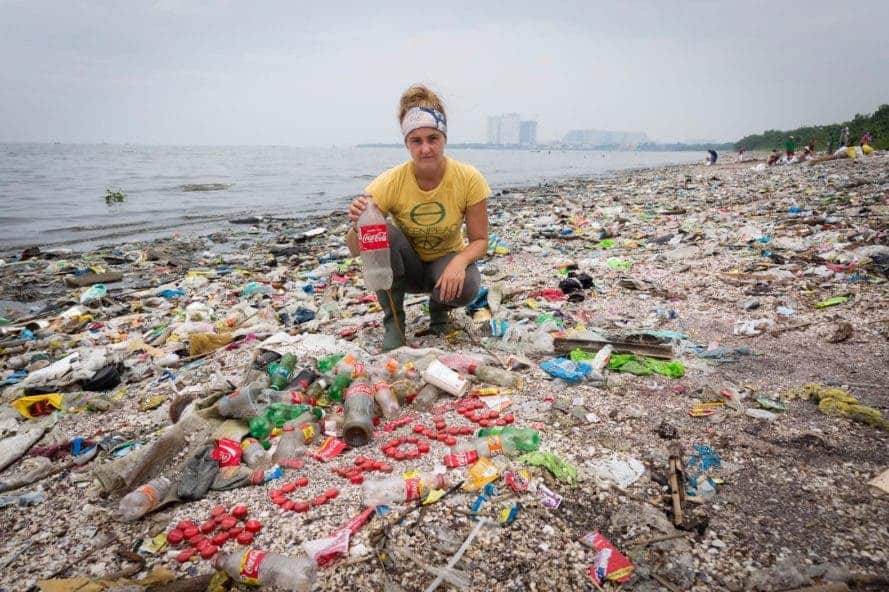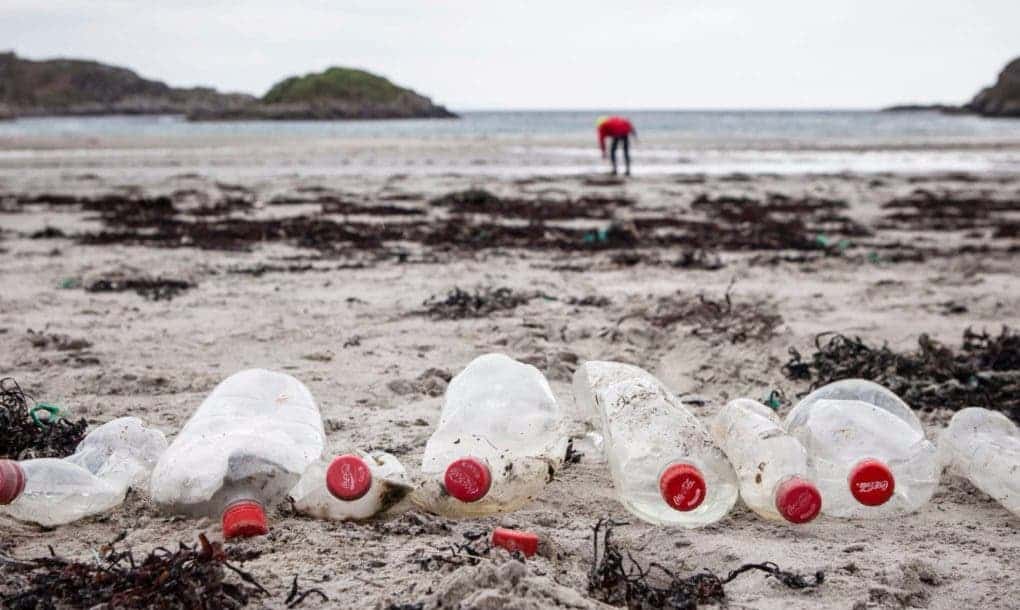The world is facing a dramatic plastic crisis, and the soda giant is definitely contributing its fair share. According to a new analysis, Coke now produces 110bn single-use plastic bottles a year.

A long story
Coca-Cola is arguably the world’s most famous company, but it had a strange history. Ironically, it all starts with a completely different drink: Coca wine, an alcoholic beverage combining wine with cocaine. The most popular Coca wine was Vin Mariani, developed in 1863 by French entrepreneur Angelo Mariani. Inspired by Mariani’s success, an American pharmacist by the name of John Pemberton went on to invent what would eventually become Coca-Cola. Pemberton was a morphine addict, suffering from an old chest wound, and he experimented with drinks that could help his pain go away. He developed his own cocaine wine which he called Pemberton’s French Wine Coca. After social and legislative pressure, he was forced to develop a non-alcoholic version of his drink, which he did. He called it Coca-cola, based on the two main original ingredients: kola nuts (a source of caffeine) and coca leaves. Nowadays, coke is a much different drink and a much more popular one at that. Every single day, mankind downs more than 1.8 billion company beverage servings
But aside from the traditional ingredients and a few new ones, Coke features something else: plastic. There’s no Coke without plastic (well, technically there is, but glass-sold soda is only a small fraction of total sales). Coke doesn’t say how much plastic they use, though they have confirmed that single-use plastic bottles made up 59% of its global packaging in 2016 compared to 58% in the 12 months before. The analysis was conducted by Greenpeace and while there’s always uncertainty associated with third-party studies, the figures are believable. According to The Guardian, by 2021, the number of plastic drinks bottles produced globally will reach more than half a trillion. Coke alone is responsible for over 20% of that.
Greenpeace has also asked the company to say if their estimates are accurate or not. Louise Edge, the oceans campaigner for Greenpeace, said:
“Coca-Cola talks the talk on sustainability but the astonishing rate at which it is pumping out single-use plastic bottles is still growing. We have calculated it produced over 110bn throwaway plastic bottles every year – an astounding 3,400 a second – while refusing to take responsibility for its role in the plastic pollution crisis facing our oceans.”
“We would love Coke to provide detailed breakdowns of what it produces – so we would welcome any clarifications they have to offer on our estimates.”
Plastic ain’t fantastic

So where does all this plastic end up? Most of it, in the oceans. There are five trillion pieces of plastic in the oceans, with one study concluding that humans toss more than 8 million metric tons of plastic into the ocean every year. Plastic constitutes approximately 90 percent of all trash floating on the ocean’s surface. It’s slow to degrade and quick to accumulate. It affects all organisms, particularly marine animals, can also be affected through entanglement, direct ingestion of plastic waste, or through exposure to chemicals within plastics that cause interruptions in biological functions. It also affects humans especially by disrupting thyroid and hormonal activity.
A mere fraction of the plastic is ever recycled — 7 percent, according to the latest figures. As Edge says, they talk the talk, but they’re not really walking the walk. The company did announce plans to increase recycled plastic in its bottles to 50% by 2020, but we’ve seen no concrete measures to this end. Campaigners call for more bottles to be made out of 100% recycled plastic, known as RPet, and for more recycled plastic in bottles.


